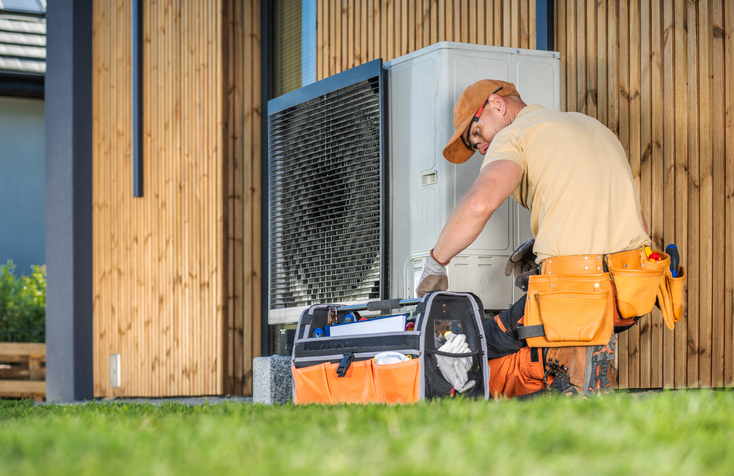Serving The Wasatch Front Area
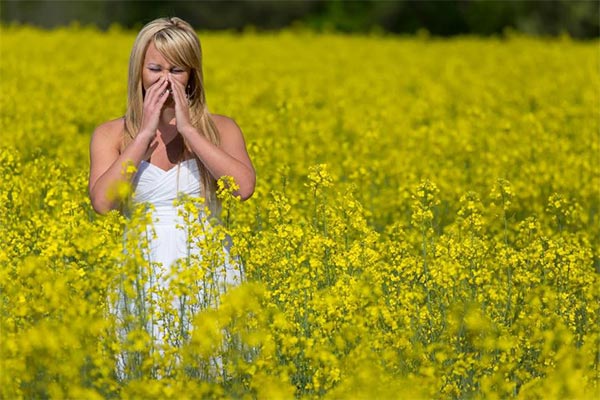
Allergies, Clean Air, and Your AC System
May 23, 2018
Household members with allergies and respiratory issues depend on clean,
efficient air conditioning (AC) to avoid health-related problems. You
can help your loved one and your AC system by developing a few important habits. Here’s more information to inspire you to clear the air.
Types of Allergens Commonly Found in Homes
Food, fabric, and latex allergies are best managed by avoiding the
offending ingredient or material. Your AC system can’t help much with
those allergens. Allergens that are found in the air, however, can be
filtered.
Your AC system may be able to help with allergies to the following
substances:
- Dust
- Insects and their
droppings - Mold and mildew
- Pet dander
- Smoke and toxins
HEPA filters and a well-sealed home can minimize problems with these types
of airborne allergens. However, carpet, mold, and bedroom-dwelling
pets are some of the worst allergens inside homes. Your AC system
can’t manage these problems alone.
Seasons and Types of Problematic Pollen
The pollen from trees, grasses, and other plants cause allergic reactions
in many people in Utah. Pollen is released by the male parts in
plants and contains plant gametes, which are intended to fertilize
the female part of plants.
The peak pollen season for an allergy sufferer depends on the types of
plants to which they’re sensitive. Common plants in those categories
are listed here.
Trees
Most tree-pollen-related air issues in Utah peak between February and May.
Yellowish-green dust may appear on surfaces including vehicles and
outdoor furnishings when pollen counts are high.
Allergy-inducing pollen comes from trees, including:
- Ash
- Birch
- Box Elder
- Cedar
- Cottonwood
- Cypress
- Elm
- Maple
- Poplar
Evergreens, including cedar and juniper, can cause allergic reactions too. Pollen
is released from cones as well as flowers.
Grasses
Peak grass pollination happens during tree pollen’s waning days. May is a
tough month for people with allergies to both grass and tree pollen.
Grasses that are problematic include:
- Bermuda
- Brome
- Fescue
- Rye
- Timothy
- Wild oat
If you live close to pastures or meadows, grass pollen may be
particularly heavy. Your landscape expert can recommend a lawn grass
or other ground cover if your yard’s grass is causing allergy
problems.
Other Plants
Herbaceous
plants, or plants that have non-woody stems, can cause allergies to
flare up when plants send out pollen. Many herbaceous plants are
weeds. Mid-summer to hard frost is the peak period for weed allergies
in Utah.
The worst herbaceous offenders include:
- Lamb’s Quarter
- Pigweed
- Ragweed
- Sagebrush
- Tumbleweed
Pollen from weeds and all other plants is generally released from 11 a.m. to
4 p.m. on breezy, sunny days. Pollen counts are often reduced on
rainy days.
If you have problem trees, grasses, or other plants on your property, a
tree service or landscaping crew can help you remove the
pollinators.
Types of Breathing Irritants
Episodes of respiratory distress can be life-threatening experiences for
children and adults. People with reactive airway disease, COPD,
asthma, lung cancer, and other diseases can struggle when air is
contaminated with irritants or toxins. Many of the allergens listed
above can cause breathing difficulties in sensitive people.
Additional indoor airborne irritants include:
- Bug and scented
sprays - Cleaning products
- Cooking fumes
- Fireplace smoke
- Scented candles
- Tobacco smoke
Exterior air irritants can enter the home and cause respiratory distress for
vulnerable household members. Smoke from wildfires, burning
structures, and other fires can create problems if vapors enter your
living space. Indoor air can also be contaminated by fumes from a
lawnmower or car running in an attached garage.
Smog, vehicle exhaust, blowing dust, and manufacturing fumes can all enter
indoor spaces and trigger asthma attacks and other breathing
problems. If you live in an area where indoor air is affected by
these contaminants, you need proper ventilation and filtration on
your AC system.
Habits That Limit Exposure to Allergens and Irritants
Practice good air habits by regularly replacing the filter on your AC system,
no matter what type of filter you use. Stock up on extra filters for
more frequent filter changes during heavy pollen season. Your HVAC
professionals know the best filters for your needs and situation.
Don’t be afraid to ask for recommendations if you aren’t sure about
your filter choices.
You can also make effort to reduce the likelihood of allergens entering
or staying in your home. Seal up cracks around windows and doors.
Replace carpet with hardwood or tile flooring. Ensure that stove and
oven vents are properly directing cooking fumes out of the interior
space.
If mold and mildew are problems, a dehumidifier is one solution. Mold
and mildew must have moisture in the air to grow and spread. Run your
dehumidifier and exhaust fans in bathrooms and kitchens to avoid
allergy and breathing problems from moisture-related triggers.
Your AC system filters and cools the air that you and your household
breathe. Have the system inspected before pollen season begins or if
you’re noticing more allergy problems. If you’re having issues with
your AC system, the problem may only require a minor repair to be
good as new. Don’t let a small problem turn into a major deal by
waiting to have AC issues fixed.
Contact the heating and cooling experts at Comfort
Solutions to schedule maintenance, repair, or replacement of your AC system.
Recent News
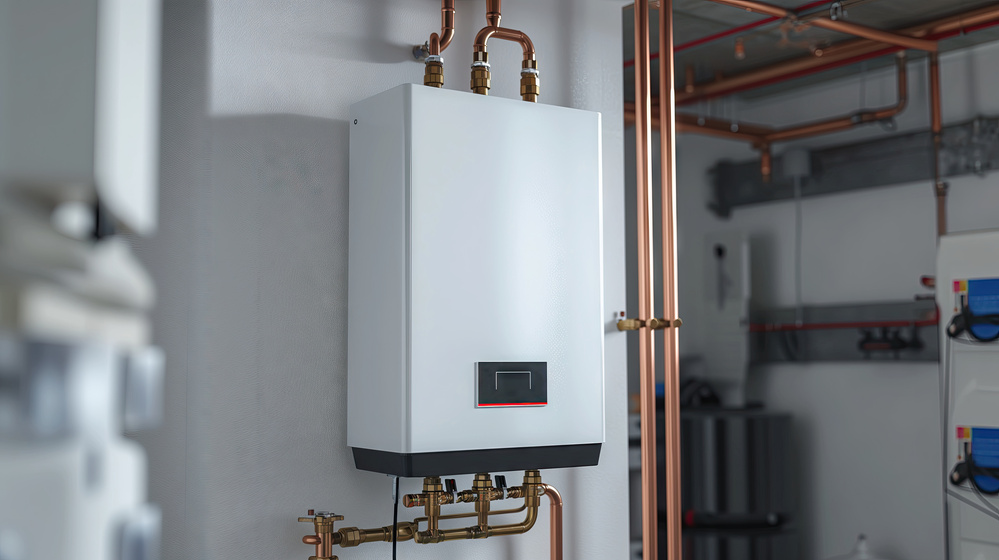
What Is a Tankless Water Heater and Should I Consider Getting One
June 25, 2025

Is Summer a Good Time to Have Furnace Maintenance Done?
June 24, 2025
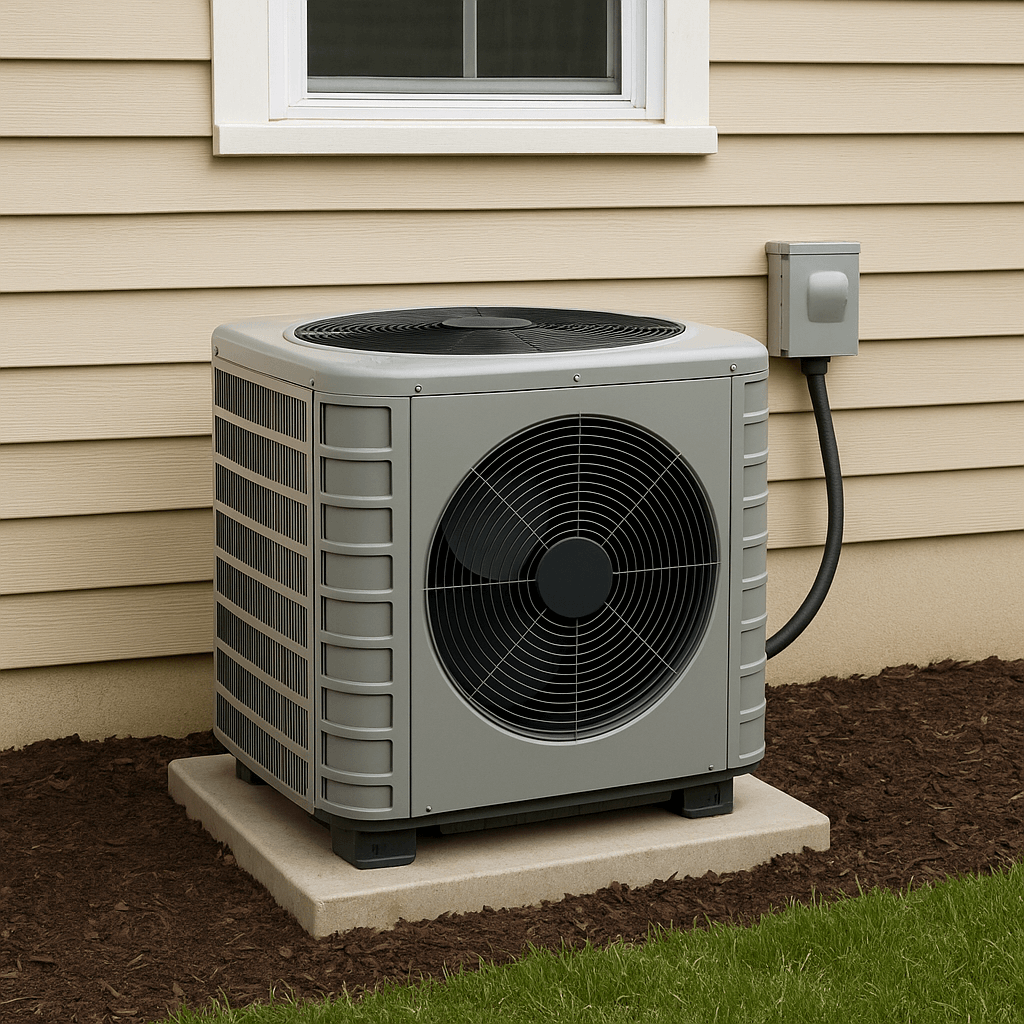
Common Air Conditioner Mistakes That Can Cause You Problems
May 29, 2025
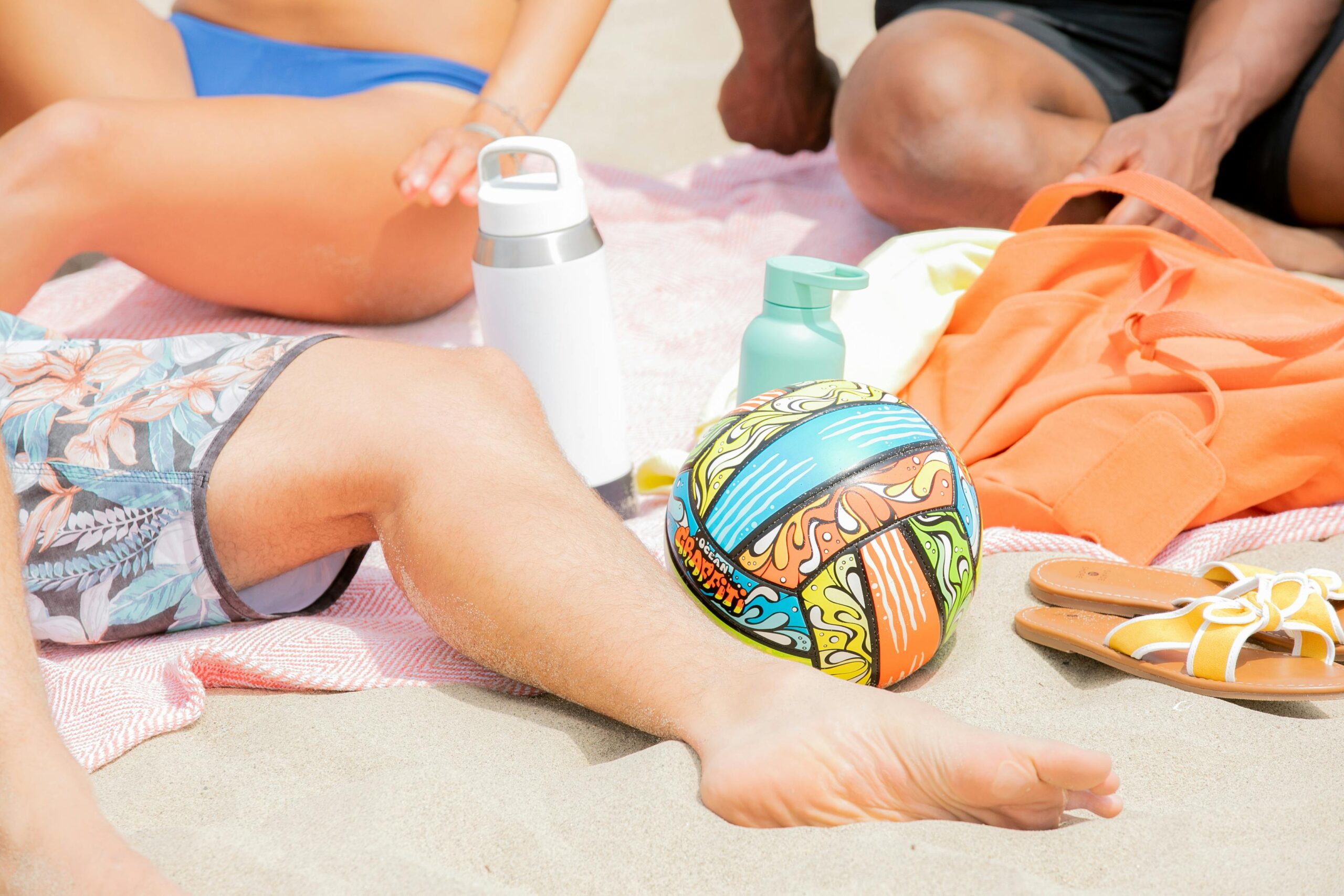
How to Stay Cool During the Summer Heat
April 21, 2025
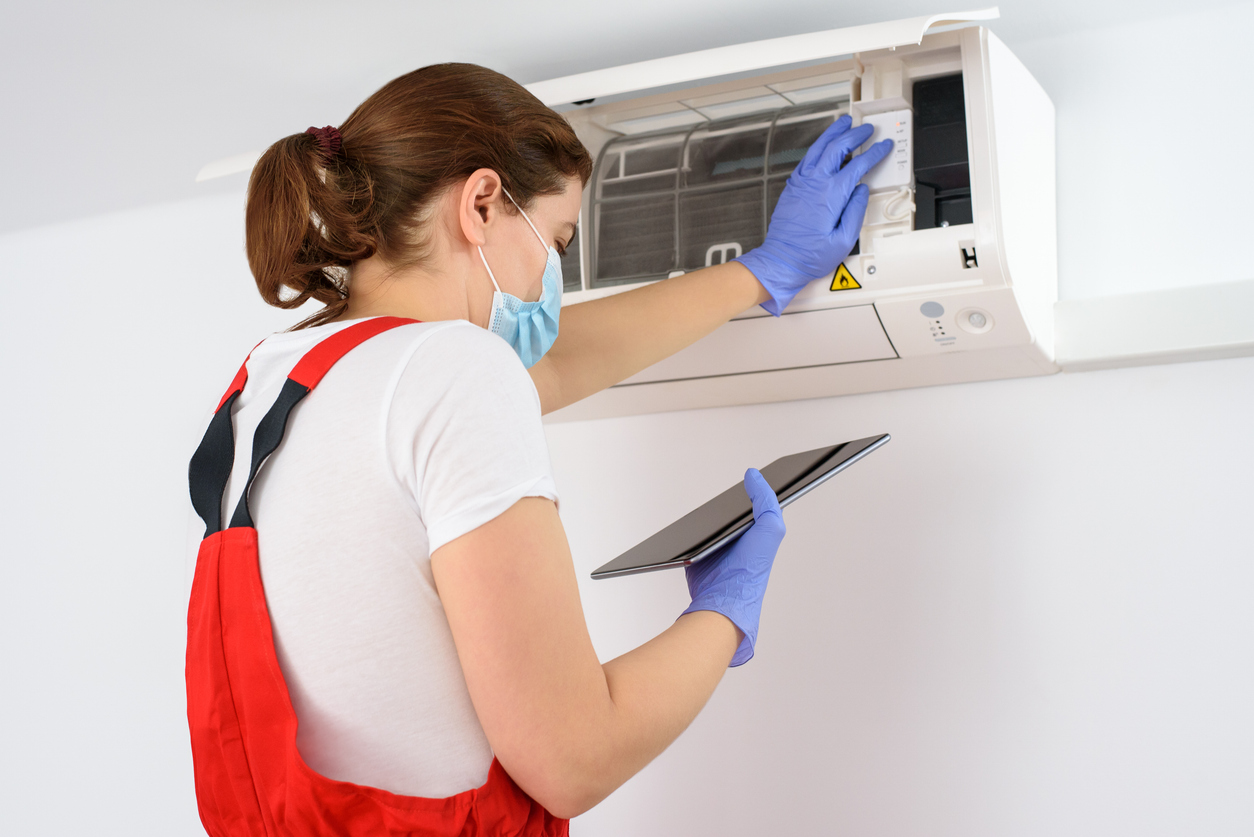
When to Upgrade Your AC Systems: Benefits & More
February 25, 2025
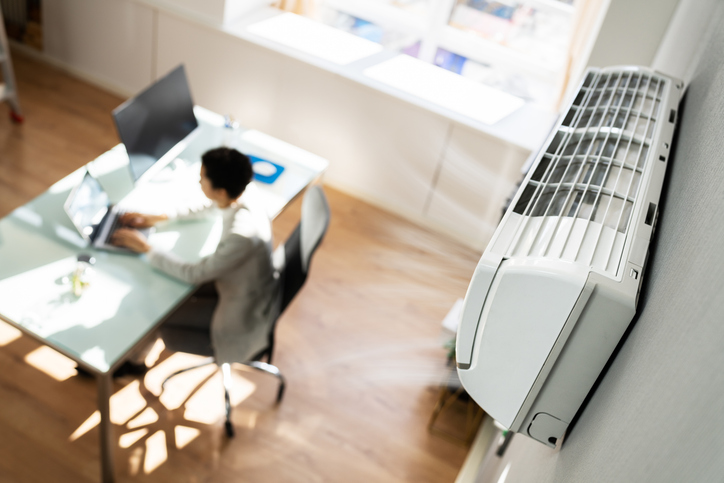
Why Remote Workers Should Upgrade Their HVAC
February 10, 2025
